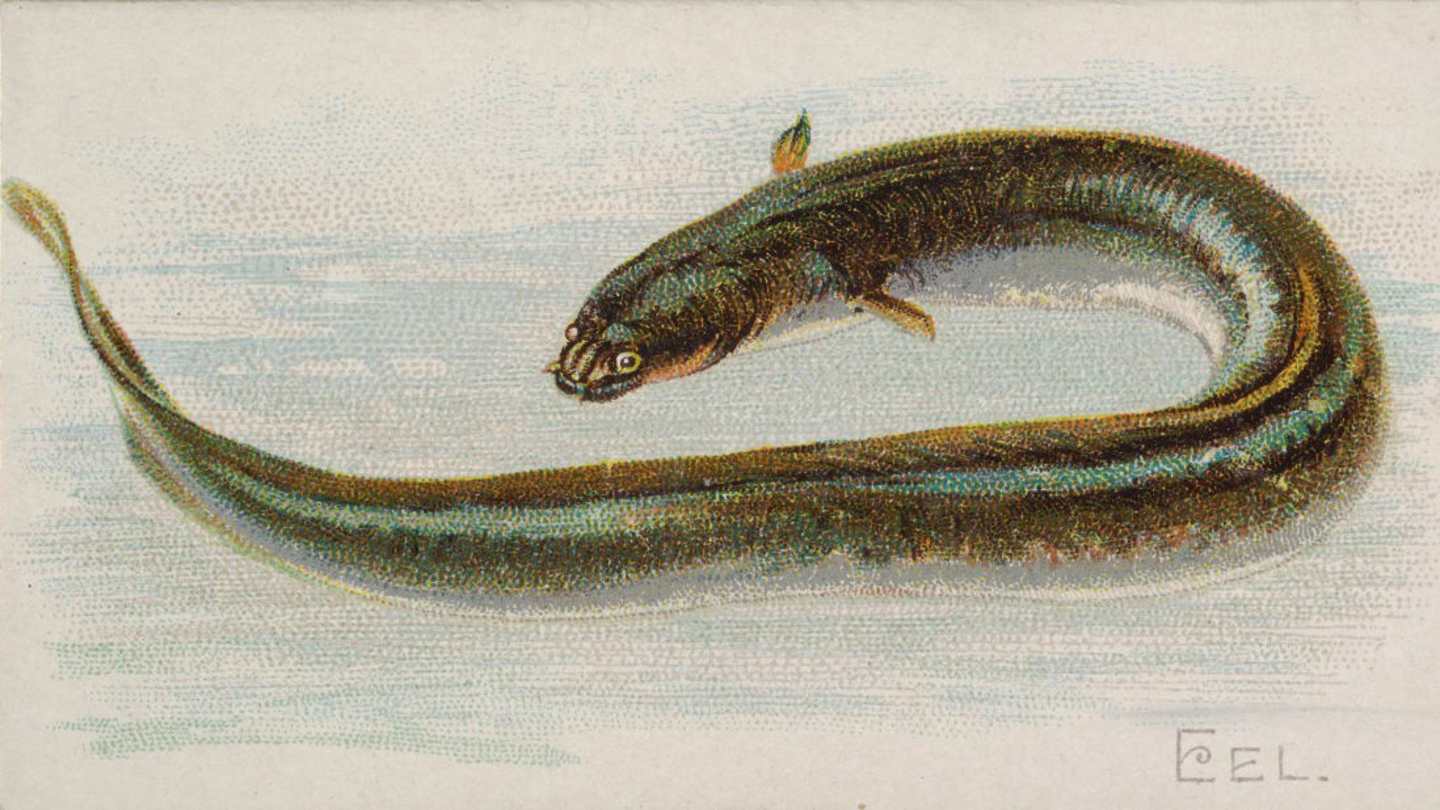Let’s dive into the fascinating world of eels! These serpentine creatures are more than Just Slippery Fish; they possess a wealth of unique traits and adaptations that set them Apart From Other Aquatic Inhabitants. With over 800 species inhabiting diverse environments across the globe, eels have carved out their niche with remarkable resilience and ingenuity.
From the electric eels that generate powerful shocks to the moray eels with their hidden pharyngeal jaws, each eel species boasts its own set of intriguing characteristics. But beyond their captivating appearances lies a complex web of life cycles, Migratory Patterns, and ecological roles that deserve exploration. Get ready to uncover some surprising Fun Facts About Eels as we delve deeper into the mysteries of these enigmatic creatures.
There’s much more to discover about these fascinating creatures than meets the eye. We’Ll Unravel Their Secrets, Explore Their Diverse Adaptations, and shed light on their crucial role in maintaining healthy aquatic ecosystems.
Diverse World Of Eels: Species And Classification
The world of eels is incredibly diverse, Encompassing Over 800 species that exhibit a remarkable range of adaptations and lifestyles. These creatures inhabit freshwater rivers and lakes, as well as marine environments from shallow coastal waters to the depths of the ocean. From the slender American eel to the massive moray eel, each species has evolved unique characteristics to thrive in its specific habitat. Some eels are masters of camouflage, blending seamlessly with their surroundings, while others sport vibrant colors and patterns that serve as both warning signals and attractants for mates.
Despite their shared serpentine body form, eels belong to different families and orders within the fish classification system. True eels, belonging to the order Anguilliformes, are characterized by their elongated bodies, lack of pelvic fins, and distinct tooth arrangements. Some species, Like Electric Eels, Despite Their Name, are not true eels but belong to a separate order altogether. This classification reflects the vast evolutionary divergence within the eel lineage, highlighting the remarkable diversity found across this fascinating group of creatures.
 Dogs Hair vs Fur Allergies: Understanding the Difference
Dogs Hair vs Fur Allergies: Understanding the DifferenceThis diversity extends beyond physical characteristics, encompassing variations in feeding habits, Reproductive Strategies, and even social behaviors. Some eels are solitary hunters, while others form large schools for protection and foraging. The Interesting Facts About Eels continue to unfold as scientists delve Deeper Into Their Intricate Lives, revealing a world of wonder and complexity beneath the surface.
Eel Life Cycles: From Eggs to Adults
The life cycle of eels is a truly remarkable journey, often spanning thousands of miles and Involving Multiple Transformations. Beginning with the eggs laid in the open ocean by mature silver eels, These Tiny Larvae, Known As Glass Eels, embark on a perilous voyage towards Freshwater Habitats. Guided by instinct and possibly even Magnetic Fields, they navigate rivers and streams, eventually reaching their destination where they Metamorphose Into Juveniles.
These young eels spend several years growing and feeding in freshwater, gradually transitioning through various stages before Becoming Sexually Mature Adults. For some species, like the American eel, this journey culminates with a return to the ocean for breeding. Driven by an ancient urge, these silver eels undertake a grueling Migration Back To Their Birthplace, mirroring the path taken by their Ancestors Generations Ago. This complex life cycle demonstrates a remarkable level of adaptation and resilience, allowing eels to thrive in diverse Environments Across Their Vast Range.
Understanding the intricate details of Eel Life Cycles is crucial for conservation efforts. As human activities continue to impact both freshwater and marine ecosystems, protecting these fascinating creatures and ensuring the continuation of their unique journeys is paramount.
Unique Adaptations and Behaviors
Eels have evolved a fascinating array of adaptations that allow them to thrive in their diverse habitats. Their long, slender bodies are perfectly suited for navigating through intricate underwater landscapes and Tight Spaces, while their lack of pelvic fins enables agile maneuvering and swift escapes From Predators. Some species, like the moray eel, possess unique pharyngeal jaws hidden deep Within Their Throats, which they shoot out with lightning Speed To Capture Unsuspecting Prey.
Another remarkable adaptation is seen in Electric Eels, capable of generating powerful electrical shocks that stun their victims. These electrifying discharges are used both for hunting and defense, highlighting the incredible diversity found within the eel family. Beyond their physical attributes, eels exhibit intriguing behaviors as well. Some species engage in complex courtship rituals, while others form large aggregations for protection or foraging. The Eel Interesting Facts continue to astound us with each New Discovery, revealing a world of intricate adaptations and fascinating behaviors.
The ability to adapt and thrive in diverse environments is a testament to the evolutionary success of eels. From their streamlined bodies to their Remarkable Electrical Capabilities, these creatures embody a unique blend of resilience and ingenuity that has allowed them to persist for millions of years.
Eels In Human Culture And Conservation
Eels have woven themselves into the fabric of human culture for centuries. In many societies, they are revered as symbols of strength and resilience, often appearing in folklore, mythology, and traditional art forms. Their unique life cycle, spanning both freshwater and marine environments, has inspired countless stories and legends Passed Down Through Generations.
In culinary traditions worldwide, eels hold a special place, prized for their rich flavor and Delicate Texture. From the smoked eel sandwiches of Japan to the eel pies of Britain, these delicacies showcase the versatility and culinary appeal of this fascinating creature. However, despite their cultural significance and economic value, many eel populations face significant threats Due To Habitat Loss, pollution, overfishing, and climate change.
Raising awareness about eels in human culture and conservation is crucial for ensuring their long-Term Survival. Sustainable fishing practices, Habitat Restoration Efforts, and international cooperation are essential for protecting these remarkable creatures and preserving their vital role within our ecosystems.
Eels: A Window into Aquatic Ecosystems
Eels are more than just fascinating creatures; they serve as valuable indicators of the health and well-being of aquatic ecosystems. Their sensitivity to changes in water quality, temperature, and habitat structure makes them particularly Susceptible To Environmental Stressors. By monitoring eel populations and their distribution, scientists can gain crucial insights into the overall health of rivers, lakes, and coastal areas.
The presence or absence of certain eel species can signal the presence of pollution, Habitat Degradation, or other disturbances within an ecosystem. Their life cycle, which bridges both freshwater and marine environments, also provides a unique perspective on the interconnectedness of these habitats. Studying eels allows us to understand how changes in one environment can ripple through the entire aquatic system, highlighting the importance of protecting and Preserving These Delicate Balances.
Understanding eels: A window into aquatic ecosystems is essential for effective conservation efforts. By recognizing their role as indicators and integrating eel monitoring into broader Environmental Assessments, we can better protect the health and resilience of our aquatic resources for future generations.










